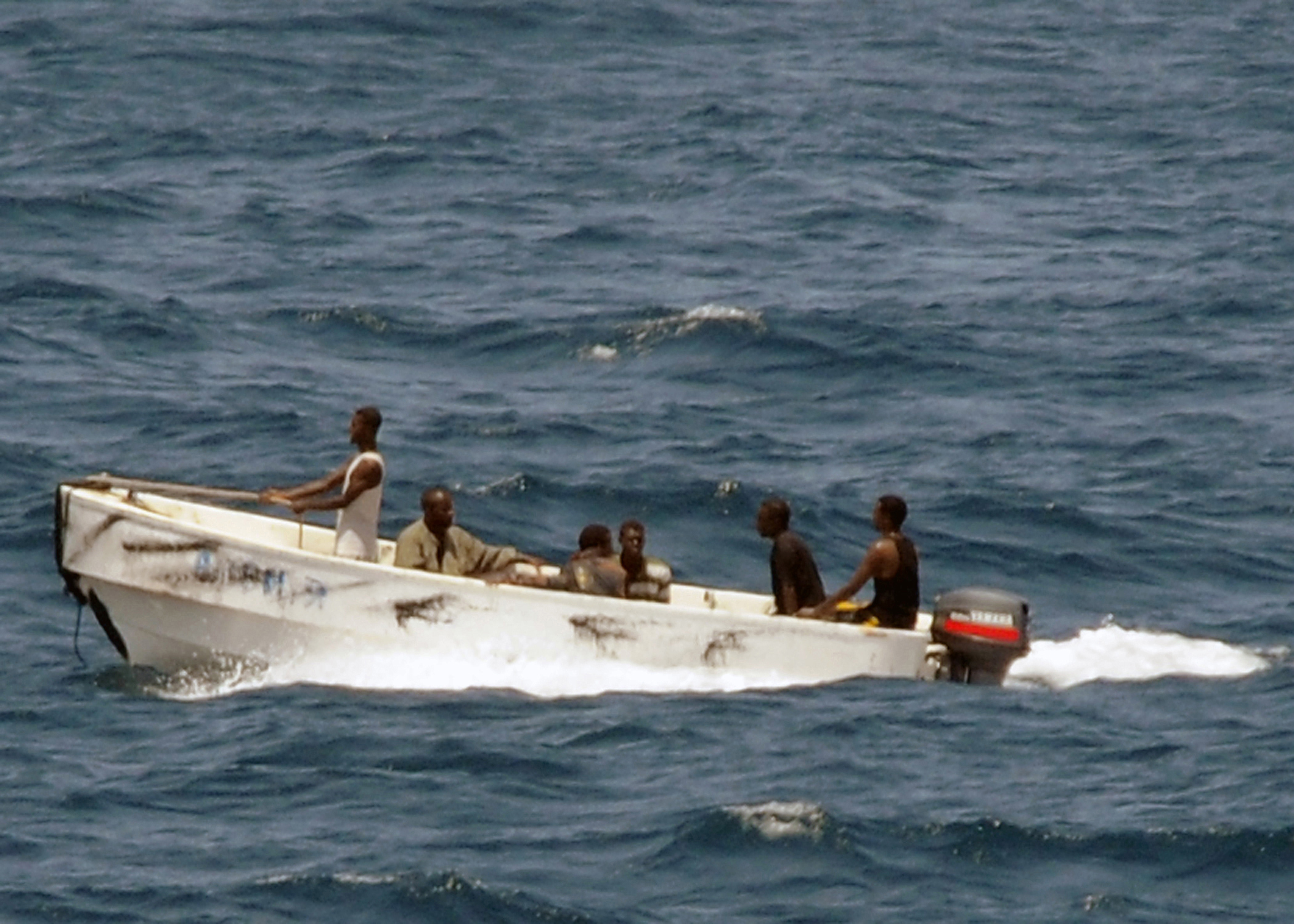
The word “pirate” still evokes images of swashbuckling rogues brandishing swords, but modern-day pirates are a far cry from Captain Jack Sparrow.
Gone are the corsairs, buccaneers and privateers that date back to the 14th century; today, pirates armed with assault rifles attack cargo ships, take hostages, and threaten maritime imports around the world.
In the first half of 2024 alone, the International Maritime Bureau’s Piracy (IMB) Reporting Centre received 60 reports of piracy and armed robbery, and 85 crew members were kidnapped.
READ MORE: PM splashes $4.3m on stunning waterfront property
What are pirates of today?
The IMB defines piracy today as “an act of boarding a ship to commit theft or any other crime, with the intent or ability to use force to facilitate that act”.
The International Maritime Organisation (IMO), on the other hand, defines it as an attack that occurs on the high seas or in areas outside the jurisdiction of any country’s laws.
Unlike the IMB, the IMO specifies where the attack must take place for it to be an act of piracy.
What do real-life, modern-day pirates do?
Pirates in the 21st century, or modern pirates, typically attack cargo ships from speed boats, usually operating off captured fishing or merchant vessels.
Modern pirates usually steal merchandise being transported on cargo ships, or attempt to take over the ship and charge a ransom for it.
Some also take the crew hostage for ransom.
Around 80 per cent of world trade is carried out by sea, meaning there are plenty of targets and a great deal of money to be made from modern piracy.
In 2020, the IMO estimated that it costs the global economy about $US25 billion ($37 billion) annually.
Are pirates still active today?
Modern pirates are still active in 2024, though attacks appear to be on the decline.
In 2023, the IMB reported 120 incidents of maritime piracy and armed robbery against ships, much lower than the 298 reported a decade prior in 2013.
Incidents of piracy spiked in the early to late 2000s, but have been steadily declining since 2010 according to data from Crime at Sea: A Global Database of Maritime Pirate Attacks.
READ MORE: Australia moves against Iranian officials linked to missile arsenal
Do pirates still exist in the Caribbean?
Piracy still occurs in the Caribbean today, though at a much smaller scale than during the height of the piracy era in the region.
Pirates first emerged in the Caribbean in the 1500s and were most successful between the 1650s and 1730s, establishing flourishing pirate seaports like Port Royal in Jamaica, Tortuga in Haiti, and Nassau in the Bahamas.
In the 1830s, Western European and North American navies moved in and cracked down on Caribbean piracy, hunting and prosecuting those involved.
Today, piracy in the Caribbean is most common in the waters off Venezuela, Trinidad, Guyana, and Suriname, where locals have been known to turn to piracy due to economic strife or in response to local fishing turf wars.
Where are pirates most active today?
In the 21st century, the majority of pirate attacks occur in the Asia–Pacific region or around Africa.
Data from the Journal of Open Humanities and the International Chamber of Commerce showed that between 1993 and 2024, almost 47 per cent of all pirate attacks took place in East Asia and the Pacific, per an Auba report.
More than 21 per cent occurred in Sub-Saharan Africa, followed by just over 10 per cent in Latin America and the Caribbean, and 8.5 per cent in the Middle East and North Africa.
Specific locations known for high rates of piracy include the Gulf of Guinea, Gulf of Aden, Arabian Sea, Strait of Malacca, Sulu and Celebes Seas, Indian Ocean, and Falcon Lake.
Are modern-day pirates still a threat?
Though piracy appears to be declining, modern pirates still pose a threat to seafarers as crew violence seems to be on the rise.
The IMB reported that 85 crew members were kidnapped in the first half of 2024 alone, a significant increase from the 36 reported in the same period the previous year.
Somali piracy also remains common, and Bangladesh and Indonesia reported record-high numbers of piracy incidents in the first half of 2024.
READ MORE: Elise was just in a New York fashion mag. She died in horror circumstances
Modern-day pirate attacks
The most well-known pirate attack of the 21st century is arguably the 2009 hijacking of the Maersk Alabama cargo ship, which was depicted in the 2013 film Captain Phillips.
The US ship was en route to Mombasa on April 8 when it was boarded by four pirates who clashed with the crew before fleeing on a lifeboat with the vessel’s captain, Richard Phillips.
US Navy SEALs were deployed to rescue Philips.
Three pirates were killed and a fourth, Abduwali Muse, was detained and prosecuted in the US.
Other notable incidents include the 2001 attack on the Indonesian cargo ship Inabukwa, which was transporting tin ingots and pepper valued at over $2 million,
Pirates have also attacked cruise ships before, however these incidents are rare.
Notable occurrences include attempted attacks on the Seaborne Spirit in 2005 and the MSC Melody in 2009, both off the coast of Somalia.
In 2011, nine Somali pirates attacked and captured the SY Quest, an American yacht with four US citizens on board.
Despite efforts by the US Navy to free the hostages, all four were shot and killed.
FOLLOW US ON WHATSAPP HERE: Stay across all the latest in breaking news, celebrity and sport via our WhatsApp channel. No comments, no algorithm and nobody can see your private details.
links to content on ABC
9News





